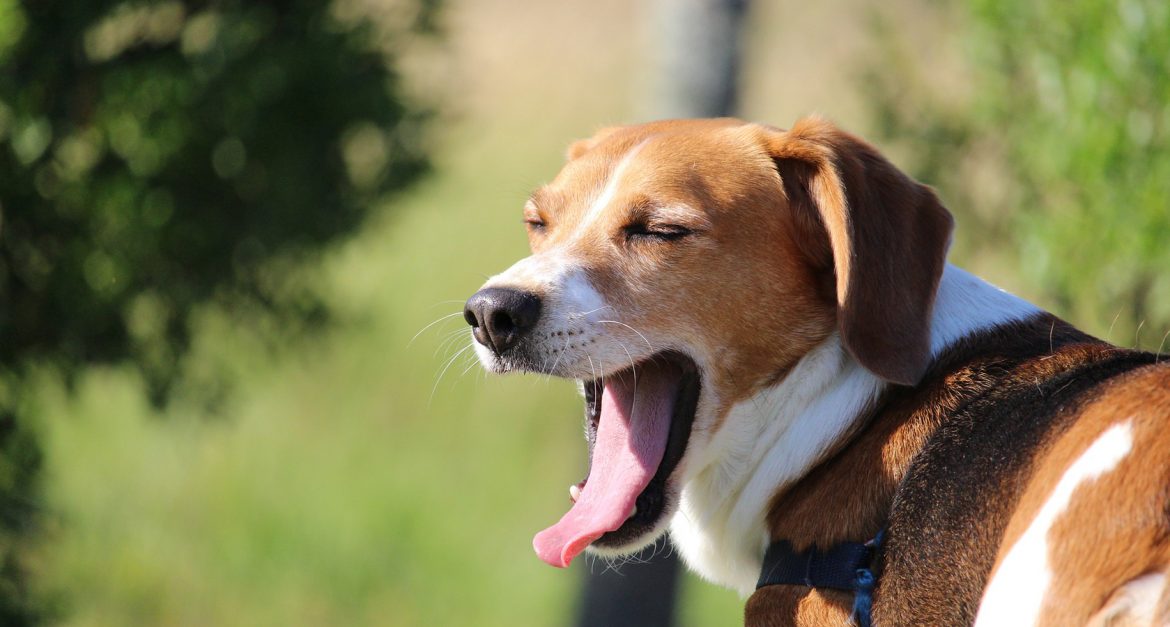Beagles are notorious hunting and sporting dogs. Medium in size, the breed includes countless offshoots, but today’s modern Beagle originated in the early 1800s in England. Well-liked because of its perfect size and nearly always mild temperament, the Beagle is both a working dog and loyal family pet. For hunters, they offer an acute sense of smell that’s hard to beat.
Appearance
Beagles have a distinct pattern and structure. They are easily mistaken as the Foxhound, despite their unique appearance, however. What isn’t duplicated by other breeds is the Beagle’s high octave bay. If threatened, chased, or hunting down prey, the Beagle with bay so loudly that anyone with close range can locate them. For generations, Beagles have been taken on hunting expeditions only to be released when overgrowth prevented the hunter from reaching his kills. A coarse and thick coat protects the Beagle from bushes and twigs. Beagles are an excellent pack dog and get along well with most other dogs.
Personality
The Beagle is one of the friendliest dogs, especially out of the hound breeds. While they may look cute and cuddly, their disposition is more of a serious one. Their nature is to hunt and work for their owner. As a pack animal, they know how to mingle with other breeds quite well. Ultimately, they tend to have a high prey drive, which means they’re likely to instinctively chase down smaller animals that could be considered prey.
In their off time, Beagles love to explore forests and wooded areas or run off on their own to see the great unknown. They are very tolerant and loving animals, despite their love for independence and adventure. Families with small children can expect a loyal companion that is fiercely protective of their children.
Be aware that this breed spends a good deal of time barking and howling. They are bred to bay prey, and if they aren’t used as a hunting dog you can expect them to see life through the eyes of their nature. Despite this, they do stay tolerant of people and other dogs quite well. Their agreeable personality makes them the perfect fit for multi-animal homes.
Health and Maintenance
Beagles are highly social dogs. They love being in the company of their owner and other dogs. One minor demand they make is to spend equal time indoors and outdoors. A home with a yard is the ideal place for a beagle of any age. They enjoy sniffing grass and baying at small animals like squirrels and the like. Exercise is equally important, and spacious outdoor areas make this all the easier.
Walks on the leash are great, but off-leash time does them a world of good. Another plus for the Beagle is their ability to live in a variety of climates. They can handle most seasons and make great outdoor dogs for that reason. A bit of shelter and warm bedding should be enough to see them through the colder months as well thanks to their thick coat.
Grooming is made easy thanks to their short, but thick coat as well. A few brushings each week should be enough to maintain their coat in good condition. Turnover hair typically is easily pulled through the brush leaving behind a beautiful, polished coat.
Beagles have an average lifespan of 12 to 15 years. In general, they are a very healthy breed but they do have some troubling predispositions to be aware of. These include glaucoma, epilepsy, patellar luxation, central progressive retinal atrophy (CPRA), chondrodysplasia, cherry eye, hypothyroidism, cataracts, hemophilia A, umbilical hernia and intervertebral disk disease and carnitine deficiency (CUD). It’s best to have them examined for these illnesses throughout their life to prevent complications.
General History
Beagles have a long history, having originated in England as early as the 1300s. Hunters used and breed the dog for easy access to their prey. They would often carry them in their pocket because of their small size. Multiple sizes were breed, eventually leading to the modern Beagle we know and love today. English Beagles were brought to the United States around 1640 and later crossbred to develop into the American Beagle most are familiar with today. In the 19th century, their appeal exploded in the States and they eventually became popular pets.

